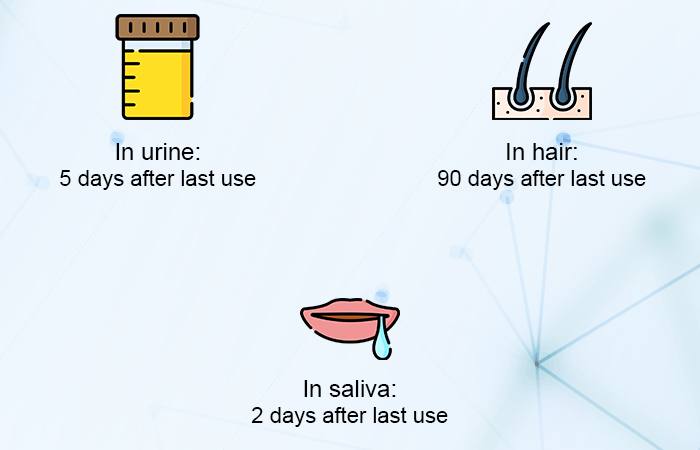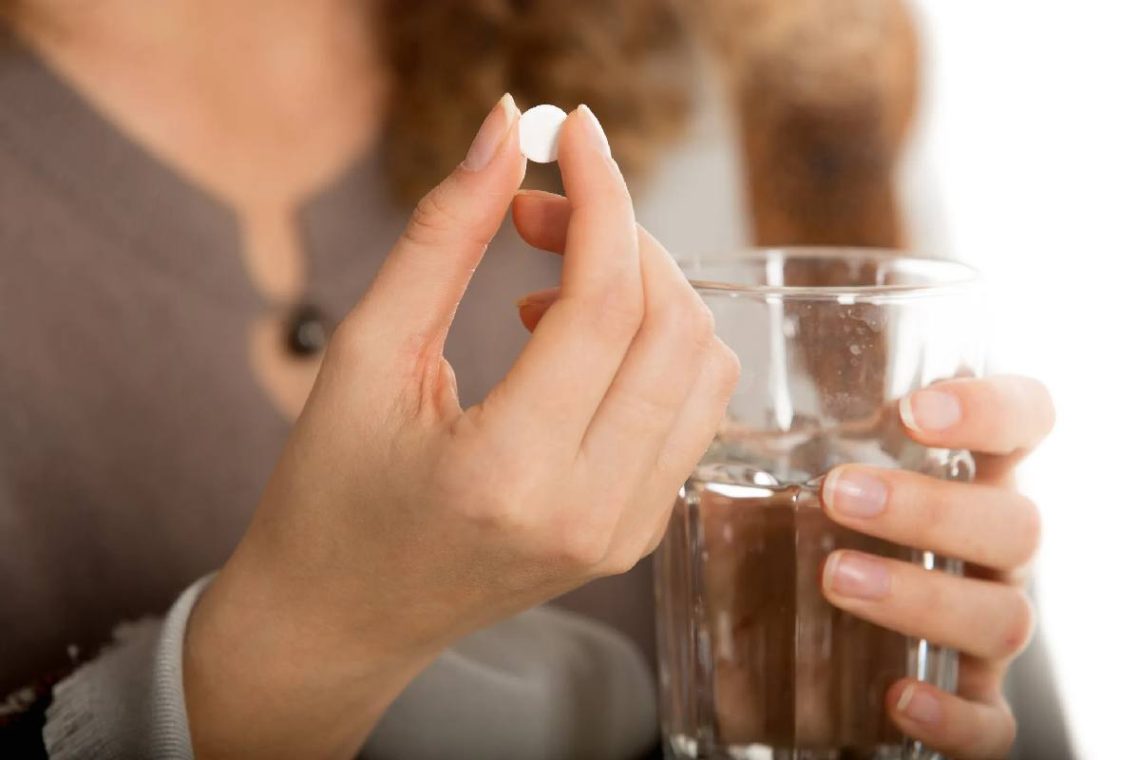Are you wondering how long does Vyvanse last in the human body? Here is the answer to your query.
Vyvanse, also called lisdexamfetamine, is a long-acting medicine used for ADHD and binge eating disorder. The main ingredient, dextroamphetamine, stays in your system for about 12 hours. It takes about 2.5 days for most of the drug to leave your body. However, this can differ for each person depending on age, weight, genetics, other medications, and health conditions.

Vyvanse (Lisdexamfetamine) Overview
What is Vyvanse?
- Generic Name: Lisdexamfetamine dimesylate
- Use: Treats ADHD in adults and children (ages 6-17) and moderate-to-severe binge eating disorder (BED) in adults.
- Type: Long-acting medication
How Does Vyvanse Work?
- Vyvanse is a prodrug, meaning it’s inactive until it’s converted into the active drug, dextroamphetamine, in your body.
- Dextroamphetamine helps improve attention and reduce binge eating.
How Long Does Vyvanse Last in Your System?
- Half-Life of Active Drug (Dextroamphetamine): About 12 hours
- Time to Eliminate: Roughly 60 hours or 2.5 days for most of the drug to be cleared from your body.
- Half-Life of Inactive Drug (Lisdexamfetamine): Less than 1 hour; usually not measurable after 8 hours.
Effectiveness:
- ADHD: Starts working about 1.5 hours after taking. Benefits last throughout the day, improving attention from morning to evening.
- BED: Significant improvement may take up to 12 weeks. Vyvanse can control symptoms for at least 38 weeks in more extended studies.
Special Considerations:
- Kidney Disease: Dosage may need adjustment as the kidneys mainly eliminate Vyvanse.
Vyvanse (Lisdexamfetamine Dimesylate) Product Information
Vyvanse is a medicine used to manage symptoms of attention-deficit hyperactivity disorder (ADHD) in kids aged 6 to 17 and adults, as well as moderate-to-severe binge eating disorder (BED) in adults. It is a long-acting stimulant that helps improve focus, attention, and impulse control. Vyvanse is a prodrug, meaning it is converted into its active form, dextroamphetamine, once inside the body.
Key Uses:
- ADHD: Helps improve attention, focus, and impulse control in individuals with ADHD.
- Binge Eating Disorder (BED): Reduces the frequency of binge eating episodes and improves related symptoms.
What is Vyvanse’s dosage?
Your doctor will recommend the dosage that’s right for you. Below are commonly used dosages, but always take the dosage your doctor prescribes.
- Forms and strengths
Vyvanse comes in two forms that you’ll take by mouth:
- capsules
- chewable tablets
Each form of Vyvanse comes with the following strengths:
10 milligrams (mg)
20 mg
30 mg
40 mg
50 mg
60 mg
Vyvanse capsules also come in a 70-mg strength.
Vyvanse Product Information
Product Details:
| Attribute | Description |
| Brand Name | Vyvanse |
| Generic Name | Lisdexamfetamine dimesylate |
| Form | Oral capsule, chewable tablet |
| Color | Capsules: Typically white; Chewable tablets: Varies |
| Packaging Type | Blister pack, bottle |
| Medicine Type | Prescription (CNS stimulant) |
| Manufacturer | Various pharmaceutical companies |
| Key Uses | – Attention-Deficit Hyperactivity Disorder (ADHD)
Binge Eating Disorder (BED) |
| Dosage Range | Typically, it starts at 30 mg daily. |
| Maximum Dose | Up to 70 mg daily (based on individual response) |
| Approved Ages | Adults and kids aged 6 to 17 years for ADHD
Adults for BED |
| Common Side Effects | Insomnia, decreased appetite, dry mouth, irritability, headache |
| Storage | It should be stored at room temperature, away from moisture and light. |
| Availability | Available with a prescription in most pharmacies |
| Generic Versions | Not available (prodrug form of dextroamphetamine) |
| Caution | The controlled substance with a potential for abuse and dependence; use under healthcare provider supervision |
Benefits
- Effective Duration: A single morning dose relieves sustained symptoms for 12 hours.
- Improved Functioning: Helps enhance daily functioning and behavior in children and adults with ADHD.
- Reduced Binge Episodes: Decreases the number of binge eating days per week in individuals with BED.
Side Effects:
- Common:
- Insomnia
- Decreased appetite
- Dry mouth
- Increased heart rate
- Anxiety
- Nausea
- Dizziness
- Serious:
- Potential for abuse and dependence
- High blood pressure
- Severe allergic reactions
- Cardiovascular problems (e.g., chest pain)
- Mental health issues (e.g., hallucinations, aggression)
- Growth suppression in children
Additional Information:
- Form: Available in oral capsules and chewable tablets.
- Dosage: Typically started at a lower dose and adjusted based on response. The maximum recommended dose is 70 mg daily.
- Administration: Taken once daily in the morning. It can be taken with or without food.
- Precautions: Avoid use if you have taken MAO inhibitors in the past 14 days or if you are allergic to Vyvanse or other stimulants. Monitor for signs of misuse or dependence.
- Storage: Always store at room temperature, away from moisture and light.
- Interactions: May interact with other medications, including antidepressants, blood pressure medications, and other stimulants.
Conclusion
Always use Vyvanse under the guidance of a healthcare provider. Review potential side effects and discuss any concerns with your doctor before starting treatment.

